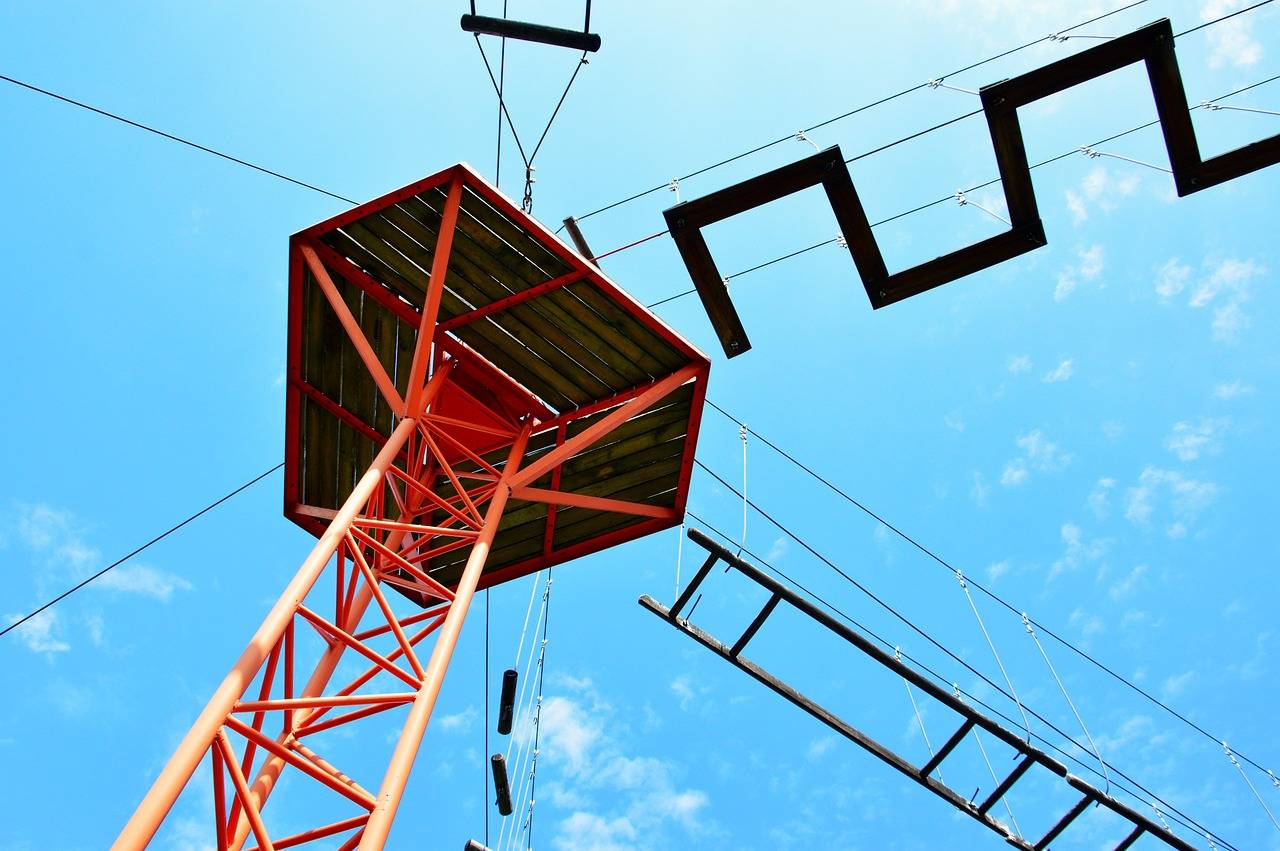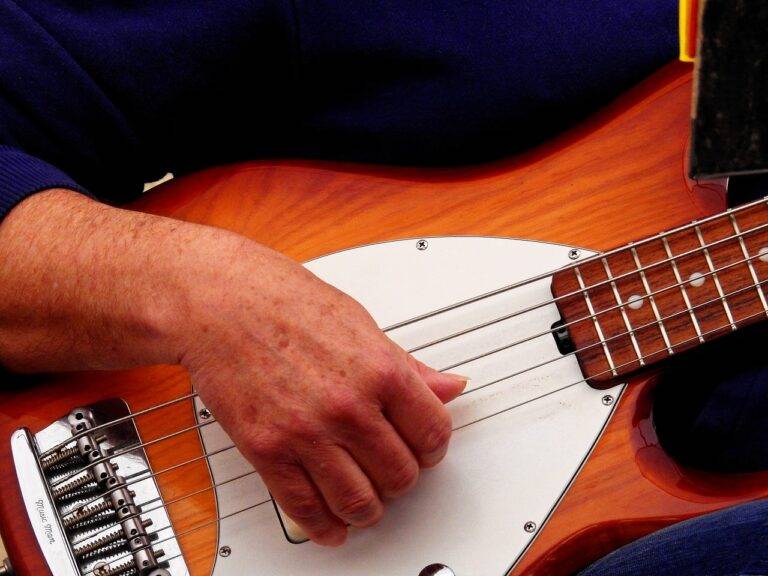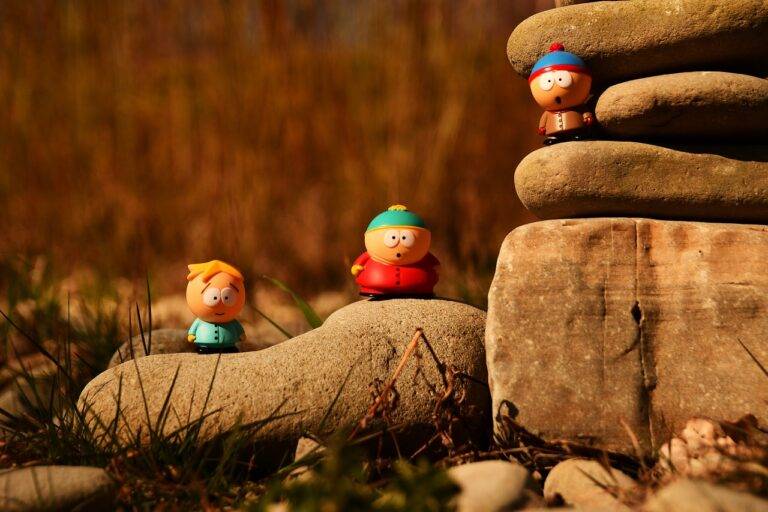Exploring the Role of Diversity in Animation: Representation and Inclusivity in Cartoons
In today’s ever-changing world, the need for diversity in animation has become increasingly crucial. By incorporating a wide range of perspectives, backgrounds, and cultures into animated content, creators have the power to connect with audiences on a deeper level. Representation matters, and seeing characters that mirror the diversity of real life fosters a sense of inclusivity and understanding among viewers of all ages.
When animation embraces diversity, it not only enriches storytelling but also provides opportunities for underrepresented voices to be heard. By showcasing characters from various ethnicities, genders, and abilities, animators can challenge stereotypes and break down barriers. This inclusive approach not only reflects the world we live in but also opens up new possibilities for creative storytelling that resonates with a global audience.
Historical Lack of Representation in Cartoons
In early animation, characters were mostly depicted with limited diversity, often adhering to stereotypes and lacking authentic representation of various cultures, ethnicities, and identities. This historical trend perpetuated harmful biases and reinforced narrow perspectives, ultimately excluding many marginalized groups from mainstream media. As a result, audiences were deprived of the opportunity to see themselves reflected on screen, further entrenching feelings of alienation and invisibility for those who did not fit the narrow mold of traditional cartoon characters.
Moreover, the lack of representation in cartoons not only limited the diversity of characters on screen but also contributed to a distorted portrayal of society at large. By neglecting to showcase the rich tapestry of human experiences and identities, animation missed the chance to not only entertain but also educate viewers about the multifaceted nature of the world. This historical oversight in cartoons has had a lasting impact on how different groups are perceived and treated, highlighting the crucial importance of promoting inclusivity and diversity in animation.
Why is diversity in animation important?
Diversity in animation is important because it reflects the reality of our society. It allows for representation of different cultures, backgrounds, and experiences, which can help promote empathy and understanding among viewers.
What are some examples of historical lack of representation in cartoons?
Historically, cartoons have often lacked representation of minority groups, including people of color, LGBTQ+ individuals, and individuals with disabilities. Many cartoons have perpetuated stereotypes and marginalized certain groups.
How can the lack of representation in cartoons impact viewers?
The lack of representation in cartoons can impact viewers in various ways. It can lead to feelings of invisibility and exclusion for those who do not see themselves reflected in the media they consume. It can also perpetuate harmful stereotypes and biases.
What steps can be taken to improve diversity in animation?
To improve diversity in animation, creators can actively seek out and hire diverse talent, both in front of and behind the camera. They can also consult with experts from diverse backgrounds to ensure accurate and respectful representation in their work. Additionally, audiences can support diverse creators and content to help promote inclusivity in the industry.




